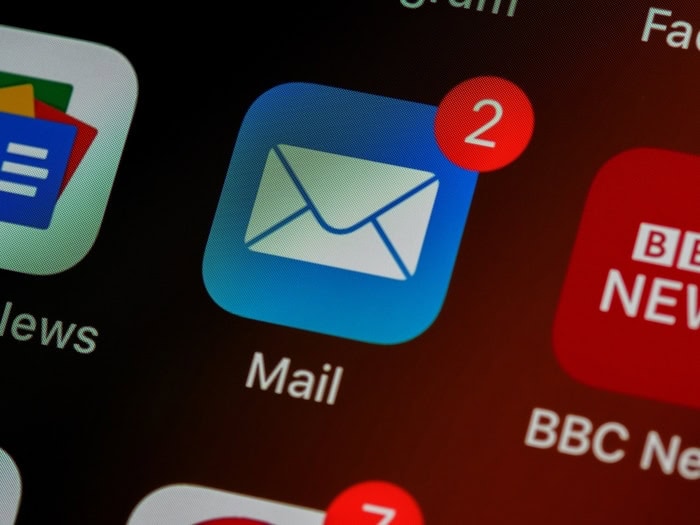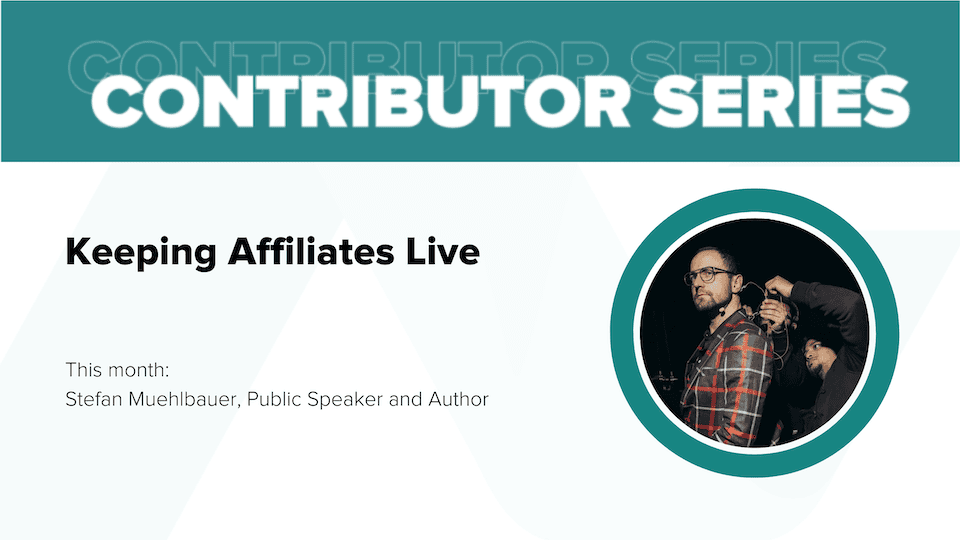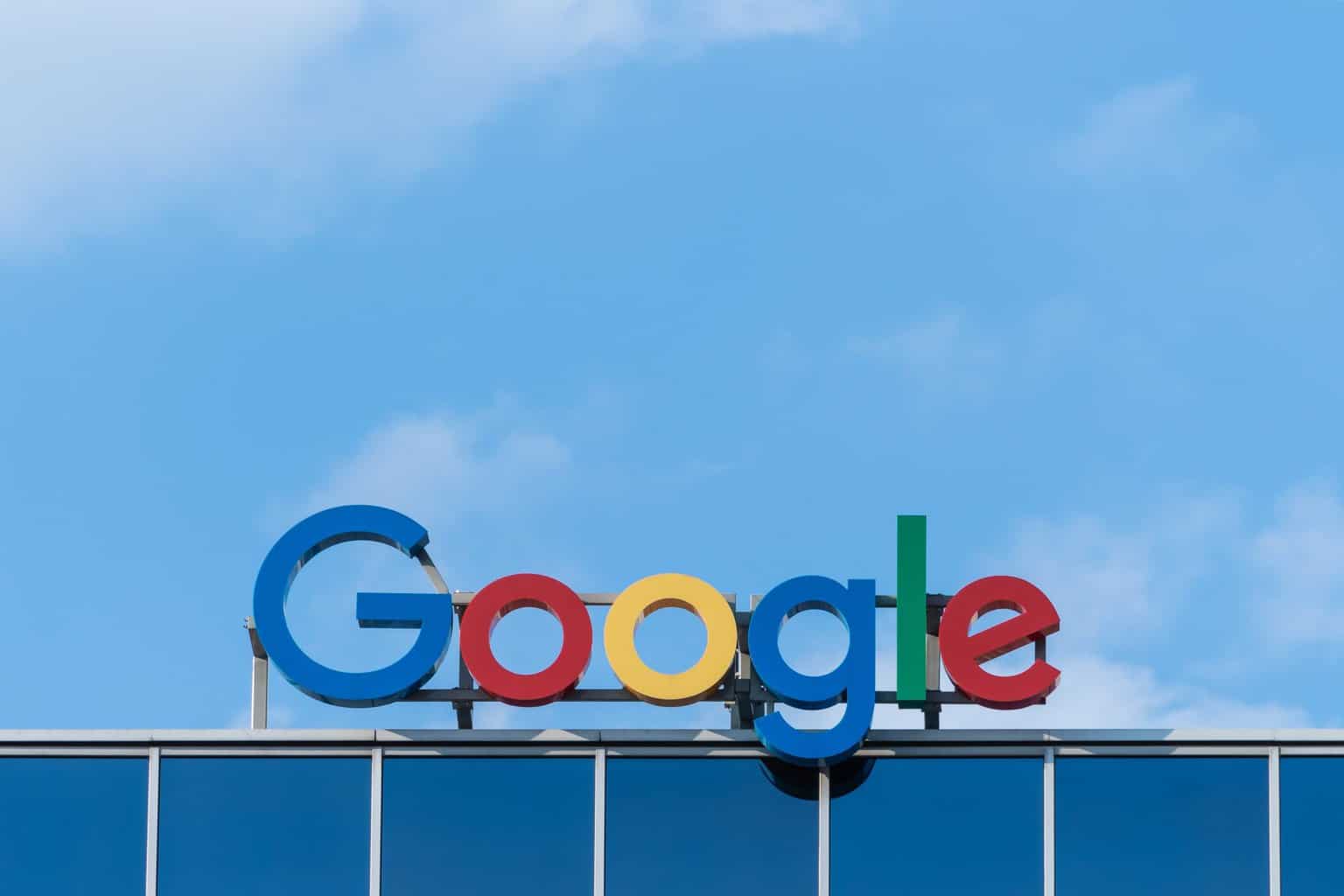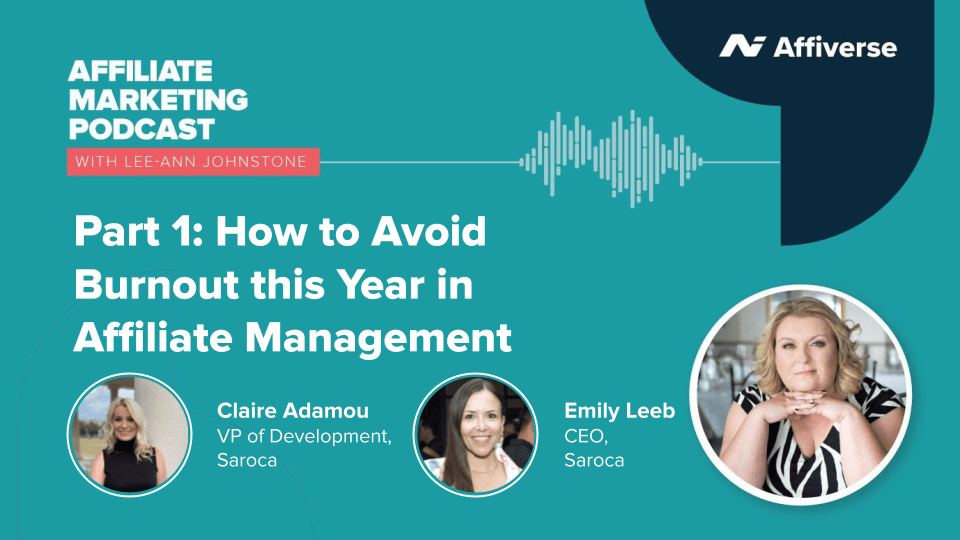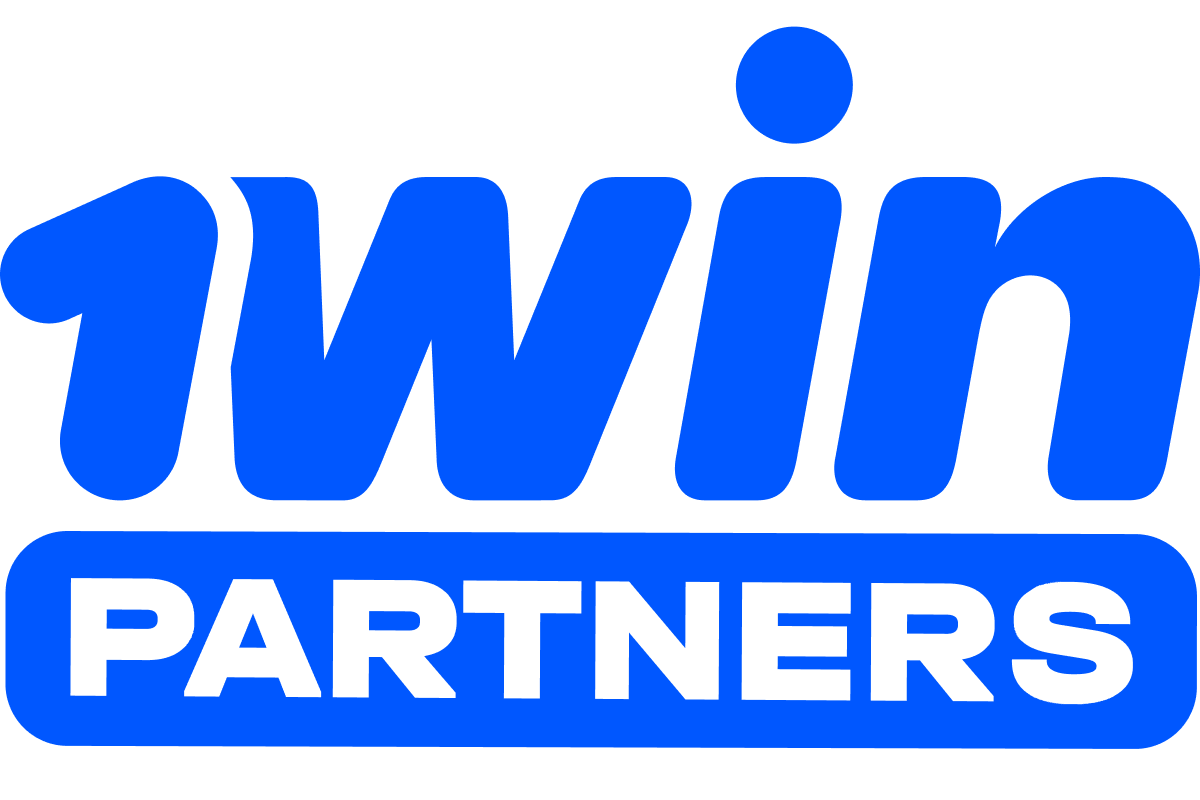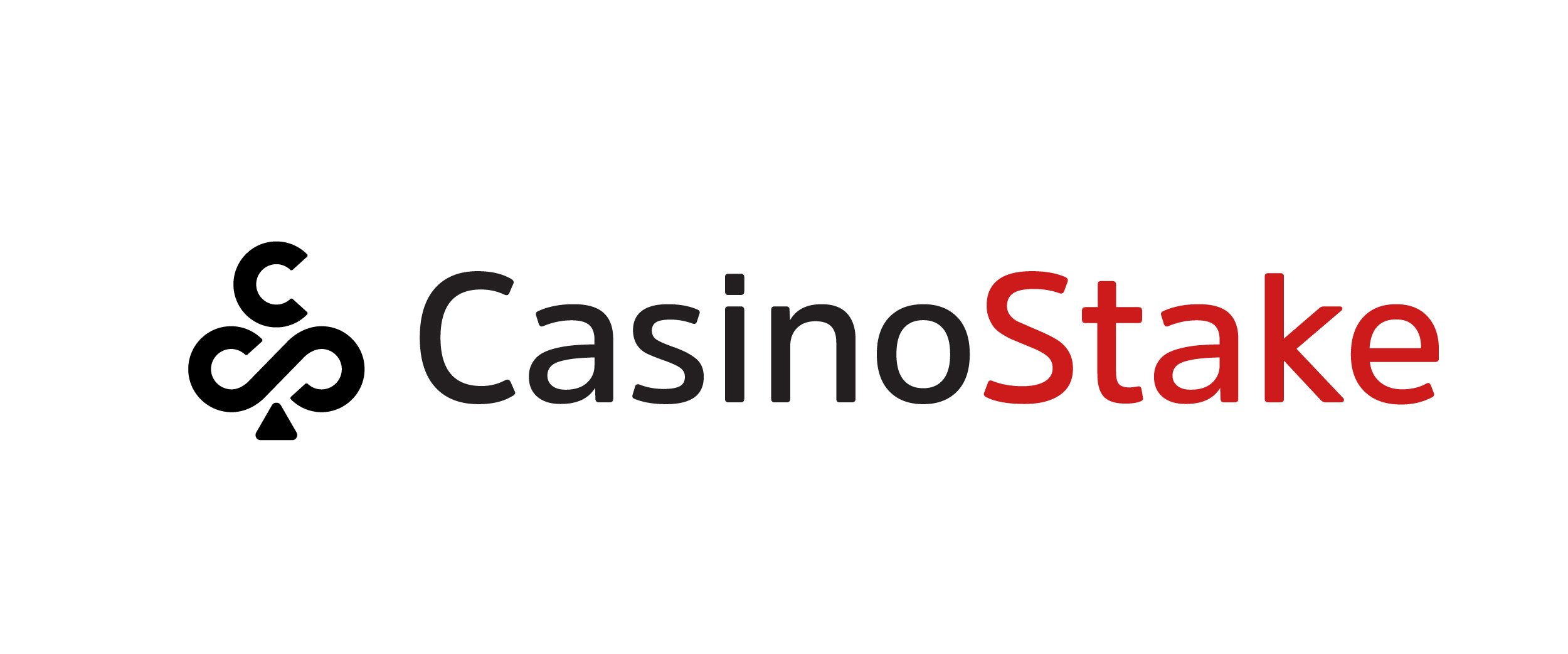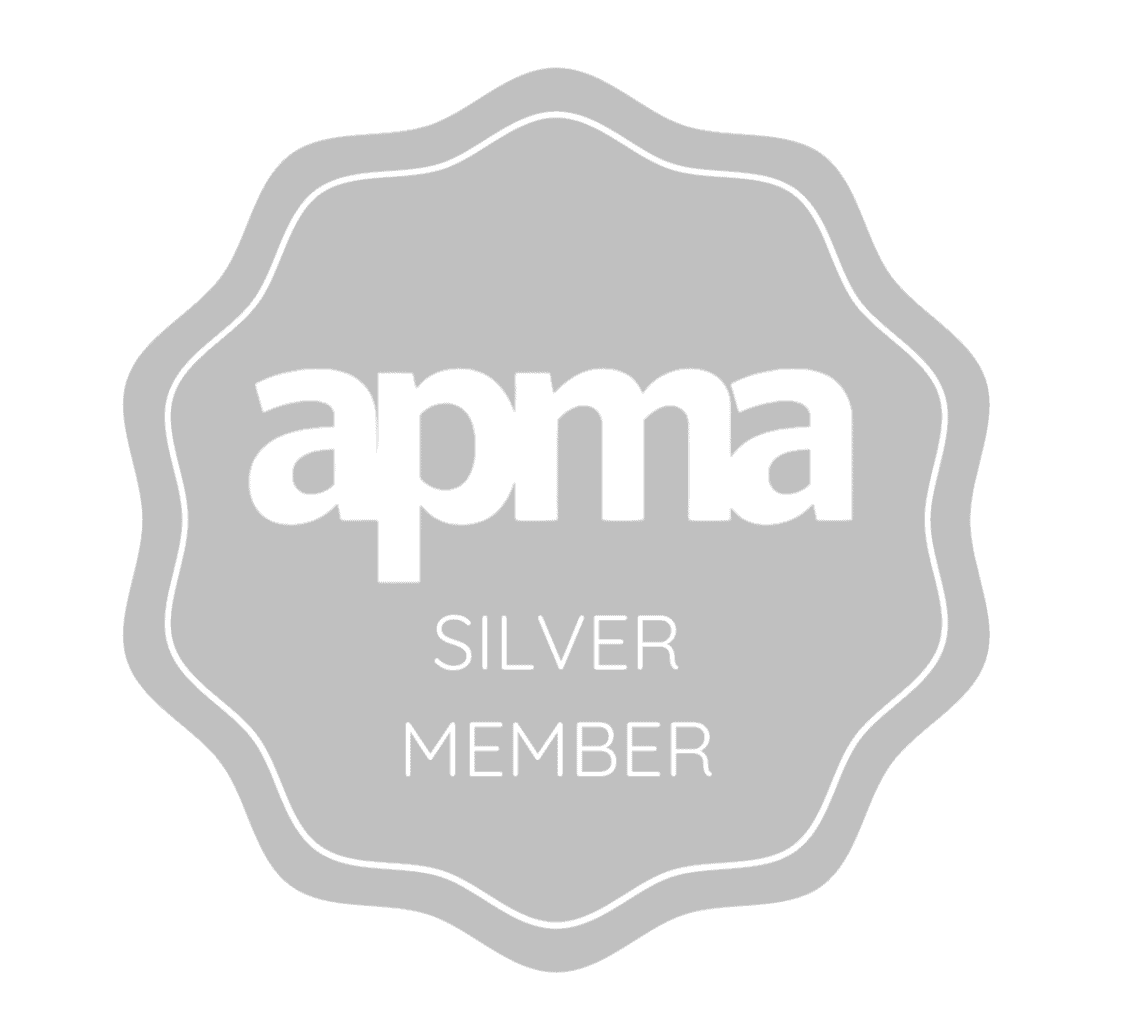As an affiliate marketer, you should be familiar with the wide-reaching benefits of email marketing. With millions of active users sending and receiving emails on a daily basis, email campaigns are experiencing a rapid resurgence. As well as developing an email marketing automation strategy, however, you must also take the time to ensure it produces great results. Continue reading to find out how to perfect your email marketing automation strategies today.
What is email marketing automation?
Before you can start reaping the benefits, you must first learn what email marketing automation is and why it matters. Weekly newsletters and one-off campaigns should remain an integral part of your email marketing strategy, but email marketing automation can ensure you stand out in such a crowded marketplace. With a growing number of businesses getting involved, now is the perfect time to find out how it can help you and your business.
As opposed to composing and sending tailored emails to your entire contact list, email marketing automation allows you to send automatic email campaigns to customers that meet a specific requirement. For example, if you are a social media giant, you may want to set up an automatic email marketing campaign to welcome brand-new customers and explain the registration process in greater detail. It would be a waste of time and money to manually compose the same email each time a new member decided to sign up. By setting up an automated email campaign, you can automatically send a pre-written email to each new customer that registers without the need for manual intervention.
How to automate email workflows
Making the switch from standard email marketing to automated email marketing may sound like a costly and time-consuming process, but that couldn’t be further from the truth. With just a few simple steps, you can automate your marketing strategy today.
You must first identify who you are sending to. When it comes to email marketing, personalisation is key. An upsell campaign, for example, should be sent to existing customers that are yet to make a purchase. A brand-new product, on the other hand, may only be suitable for a portion of your consumer database. You must then determine your goals and objectives. Is the aim to generate a greater profit or to attract more customers? Do you want to encourage them to make a purchase or to recommend your brand to a friend?
You must also decide how to react to customers that have responded positively to your email. If the aim was to generate sales and the first email participant makes a purchase within minutes, they may be irritated by follow-up emails reminding them to browse your website for brand-new products and services. You can customise your email marketing automation strategy to unroll customers that have succeeded in helping you reach your goal.
Once you have identified your enrolment criteria and set up the automation software, you must do a test run to ensure your launch will run as smoothly as possible. Check for spelling mistakes and grammatical errors and take the time to confirm that the numbers add up. Once you go live, you must also monitor the campaign for anomalies or mistakes and adjust your campaign as necessary going forward.
Examples of email automation that works
Email automation has already taken the marketing world by storm. Small businesses and large corporations alike are already benefitting from the latest customer retention tool to generate a greater return on investment and boost customer loyalty. Now that we have established what email marketing automation is and how to implement it, let’s take a look at a number of common campaigns that have consistently produced great results:
Abandoned cart email
Abandoned carts are a common problem amongst online retailers. It is the process of customers adding products or services to their virtual cart only to walk away from the sale at the last hurdle. This may occur due to a number of reasons such as high shipping costs or simply a change of heart. By emailing customers to remind them of their abandoned cart, you can recover lost costs and boost your profits. There are no golden rules but one email after 24 hours and a second after 48 hours should be enough to convince a customer to return and complete their purchase.
Welcome email
A welcome email is one of the most effective automated email marketing strategies. With customers unfamiliar with the products and services you have to offer, a welcome email could be the final incentive they need to continue browsing and make a purchase. Brand-new customers are also much more likely to open a welcome email as opposed to a promotional email at a later date. Start by introducing your brand before explaining why you differ from your competitors and why they should shop with you.
Repeat customer email
Repeat customer emails are one of the best ways to build a relationship with your loyal consumer base and enhance customer relations. As well as constituting a large percentage of your revenue, existing customers are also much more likely to make a sale than brand-new customers with no prior experience of shopping with your brand. Repeat customer emails should differ from welcome emails. Existing customers are familiar with your company and what it stands for. By building a relationship based on trust and positive experiences, you can retain your existing customer base and encourage them to stay.
Your email marketing automation strategies should reflect positively on you as a brand. By knowing how to build a successful campaign, you can generate a greater return on your investment and boost your profits today.


